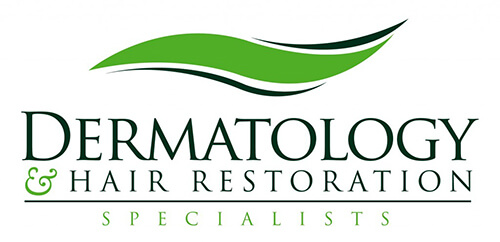Keloid is an exuberant form of a scar that occurs after cutaneous injury. It is usually asymptomatic however it can be painful if touched. Typical locations include the earlobes, upper back, shoulders and chest. Treatment methods include injection with steroid such as Kenalog, excision with immediate post-surgical use of Aldara cream, or use of silicone sheets.
How is a keloid different than a hypertrophic scar?
Hypertrophic scar is a thick scar that is typically confined to the site of the original surgery. A keloid on the other hand is a scar that has a claw like extension that extends beyond the site of the injury.
What are the most common areas for keloids?
Keloids appear especially on the chest, jaw line as well as on the earlobes. The ones on the earlobes are secondary to ear piercing. Keloids on chest could form spontaneously or be the result of surgery. Keloids on the jaw line could be because of acne that was there previously, which cause a lot of inflammation and induce keloid formation along the jaw line.
How are keloids on the ears treated?
Keloids on the ear can be treated by either Kenalog injection or surgery. If one chooses to use Kenalog, high concentrations such as 40mg/cc must be used. Unfortunately, Kenalog injection might not work, even at the very high dosage. The more definitive treatment option is surgical excision. The area is numbed, the keloid is removed, and then the area is sutured.
Patients then wear a special pressure earring afterwards for weeks. This type of earring puts a lot of pressure on the side of excision and prevents a keloid formation. These pressure earrings can be purchased from Delasco. They are intended for postop earlobe keloid surgery.
In addition immediately after the surgery, Dr. Behnam injects the area with Kenalog steroids over the following weeks. Finally Aldara cream has also shown to be effective after surgery. The combination of the steroid injection, the use of the pressure earrings as well as Aldara cream prevents recurrence of the keloids on the ears.
How are keloids on the chest and jaw line treated?
Keloids on chest and jaw line are treated by intralesional steroid injection. Various concentration of steroids may be used, ranging from 5 to 40 mg/cc. The areas are injected once monthly. In addition patient also use a silicone based tape over the areas which will help soften and flatten the keloid.
What are the potential side effects of intralesional Kenalog injection?
The potential side effect of Kenalog injections is that it may cause thinning and depression in the area.
What may be done with the redness of keloids or hypertrophic scars?
The intralesional Kenalog injection only helps soften the scar; however, it does not help with the redness. Lasers may be used in order to reduce some of the vascularity in the scar and reduce some of the redness.
If I am prone to keloid or hypertrophic scarring should I get tattoos?
No, you should not get any body piercing, as this may induce scar formation on the body.
If I am prone to keloid scarring, can my acne induce keloids?
Unfortunately, the patients who are prone to keloids scarring and develop keloids at sites of acne along the jaw line, face, or even the chest. Typically, these keloids are treated with intralesional Kenalog. Please see Dr. Behnam for Kenalog injections.
